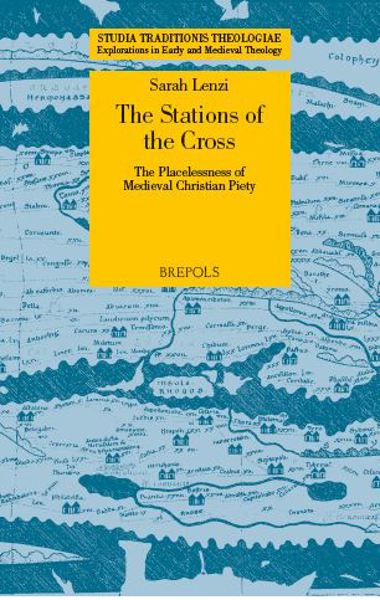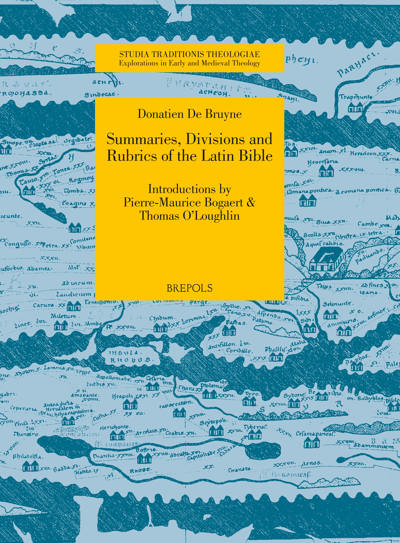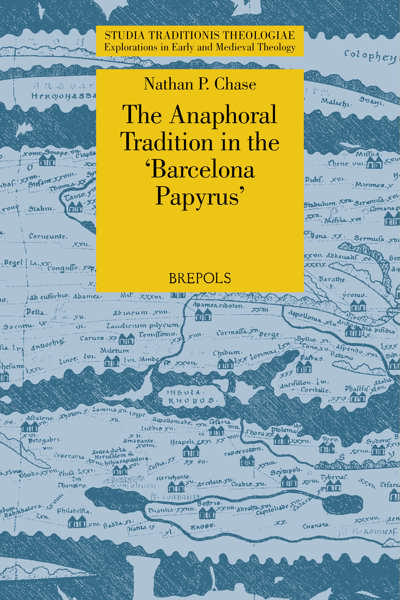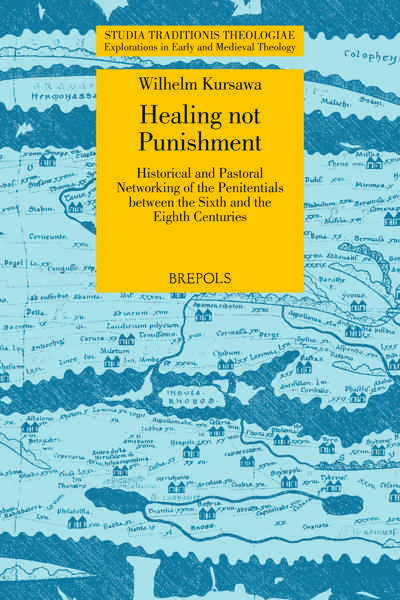
The Stations of the Cross: The Placelessness of Medieval Christian Piety
Sarah E. Lenzi
- Pages: 242 p.
- Size:156 x 234 mm
- Language(s):English
- Publication Year:2016
- € 85,00 EXCL. VAT RETAIL PRICE
- ISBN: 978-2-503-56538-5
- Paperback
- Available
- € 85,00 EXCL. VAT RETAIL PRICE
- ISBN: 978-2-503-56902-4
- E-book
- Available
“Lenzi’s book, thus, provides a very competent argument against the conception that the Stations of the Cross should be understood as imitations of pilgrimage, and instead, as a much more complex cultivation of an experience of God (…) Lenzi’s book is informative (…)” (Laura Katrine Skinnebach, in Reading Religion, 29/06/2017)
“As is evident, in this book Lenzi works to deconstruct all that is assumed about the Stations of the Cross, in the process recalibrating certain sources and proposing others. In this she succeeds admirably (…) For a medievalist audience, then, Lenzi's book may open many doors to reconsidering what pilgrimage, imitation of suffering, or stational liturgy might have been in its time rather than through a modern lens (…)” (Jessica A. Boon, in The Medieval Review, 04/09/2017)
« En définitive, le travail de Lenzi est original et hautement novateur. » (Matteo Scozia, dans Archives de sciences sociales des religions, 184, 2018, p. 332)
“Its strength lies in its provision of a more nuanced (and more convincing) history of the practice of following the via dolorosa in Jerusalem than previously existed, and as such it is very welcome.” (John Munns, in Speculum: A Journal of Medieval Studies, 94/3, 2019, p. 856)
"Dr. Lenzi's writing is demanding and thesis-style, but to persevere with her drift is to find refreshment and to discover ways in which the Stations, liberated from so many misguided assumptions and much geographical clutter, can offer scope for personal devotion and a certain retreat into 'Placelessness' in today's baffling and often indfferent world." (Michael Burrows, in Anaphora: The Journal of the Society for Liturgical Study, 2018, p. 79-81)
The Rev. Dr. Sarah Lenzi received her Master of Divinity from Harvard Divinity School and her Doctorate in Religious Studies from the University of Pennsylvania. She is currently serving as minister to a Unitarian Universalist Congregation in New York.
The Christian practice of the Stations of the Cross has historically largely been the purview of devotional authors. In this academic study, the Reverend Doctor Sarah Lenzi revisits the evidence-based history of the western European development of the Stations as it was laid out at the turn of the twentieth century. She begins with a discussion of how this history is often neglected in favor of a mythic history that places the development in Jerusalem at the time of the Crusades and she then reestablishes the western origins. While the early twentieth-century authors who worked on the Stations are invaluable for the history they uncovered, there were gaps in the analyses they offered based on that history. In the chapters that follow, Rev. Dr. Lenzi works to debunk those interpretations and to offer a new understanding of the development of the Stations of the Cross. A close examination of pilgrimage texts as well as medieval meditation manuals puts this particular practice in the broader context of Medieval Christian history and ritual, and works to place it appropriately on the spectrum of pietistic behavior. With a new understanding of the development of the Stations of the Cross, Rev. Dr. Lenzi helps to explore notions of time, place, and space in Medieval Christianity, arguing for an understanding of placelessness in Christian piety that is enabled through intentional ritualized use of imagination, narrative, body, and word.
Contents
Abbreviations
Prologue
Part I: A European Birth
Part II: Religious Travel
The Ideal of Pilgrimage
A Journey Undertaken: Primary Source Analysis
Conclusion
Part III: Religious Imitation
Meditation as ‘Imitation’
A Journey Within: Primary Source Analysis
Conclusion
Part IV: Piety and Place
Liturgy: Stational, Public, Private
The Placelessness of Piety
Conclusion
Epilogue
Appendix
Bibliography




